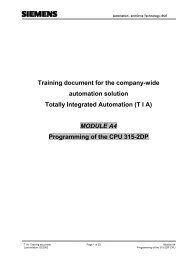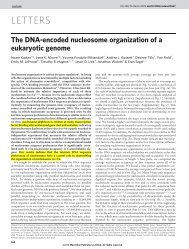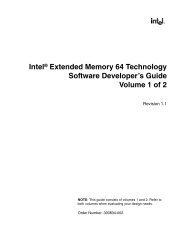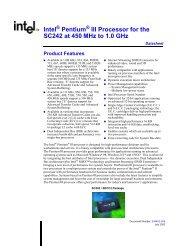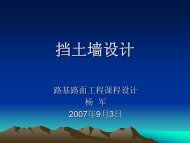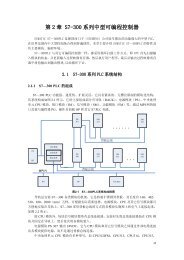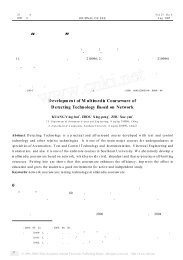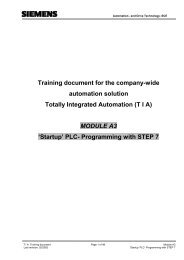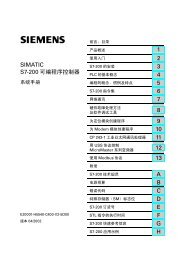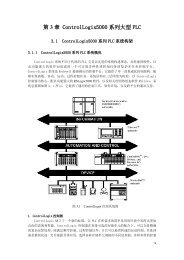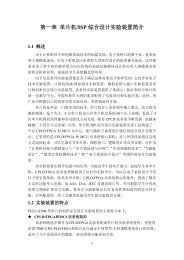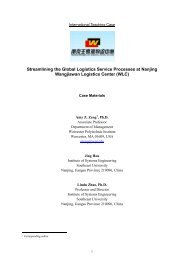Intel® 865G/865GV Chipset Datasheet - download.intel.nl - Intel
Intel® 865G/865GV Chipset Datasheet - download.intel.nl - Intel
Intel® 865G/865GV Chipset Datasheet - download.intel.nl - Intel
Create successful ePaper yourself
Turn your PDF publications into a flip-book with our unique Google optimized e-Paper software.
Functional Description6. Linear MIP Linear (Trilinear MIP Mapping): This is used if many LODs are present. Twoappropriate LODs are selected and a weighted average of a 2x2 area of texels surrounding thedesired pixel in each MIP Map is generated (four texels per MIP Map). The Final texture valueis generated by linear interpolation between the two texels generated for each of the MIPMaps. Trilinear MIP Mapping is used to minimize the visibility of LOD transitions across thepolygon.7. Anisotropic MIP Nearest (Anisotropic Filtering): This is used if many LODs are present. Thenearest LOD-1 level will be determined for each of four sub-samples for the desired pixel.These four sub-samples are then bilinear filtered and averaged together.Both D3D (DirectX 6.0) and OGL (Revision1.1) allow support for all these filtering modes.Multiple Texture CompositionThe GMCH also performs multiple texture composition. This allows the combination of two orgreater MIP Maps to produce a new one with new LODs and texture attributes in a single oriterated pass. Flexible vertex format support allows multitexturing because it makes it possible topass more than one texture in the vertex structure.Bi-Cubic Filter (4x4 Programmable Texture Filter)A bi-cubic texture filter can be selected instead of the bilinear filter. The implementation is of a 4x4separable filter with loadable coefficients. A 4x4 filter can be used for providing high-qualityup/down scaling of rendered 2D or 3D rendered images.Cubic Environment MappingEnvironment maps allow applications to render scenes with complex lighting and reflections whilesignificantly decreasing the processor load. There are several methods to generate environmentmaps (e.g., spherical, circular, and cubic). The GMCH supports cubic reflection mapping overspherical and circular since it is the best choice to provide real-time environment mapping forcomplex lighting and reflections.Cubic Mapping requires a texture map for each of the 6 cube faces. These can be generated bypointing a camera with a 90-degree field-of-view in the appropriate direction. Per-vertex vectors(normal, reflection or refraction) are interpolated across the polygon and the intersection of thesevectors with the cube texture faces is calculated. Texel values are then read from the intersectionpoint on the appropriate face and filtered accordingly.5.4.1.5 Raster EngineThe Raster Engine is where the color data (e.g., fogging, specular RGB, texture map blending, etc.)is processed. The final color of the pixel is calculated and the RGBA value combined with thecorresponding components resulting from the Texture Engine. These textured pixels are modifiedby the specular and fog parameters. These specular highlighted, fogged, textured pixels are colorblended with the existing values in the frame buffer. In parallel, stencil, alpha, and depth buffertests are conducted that will determine whether the Frame and Depth Buffers will be updated withthe new pixel values.168 <strong>Intel</strong> ® 82<strong>865G</strong>/82<strong>865G</strong>V GMCH <strong>Datasheet</strong>



